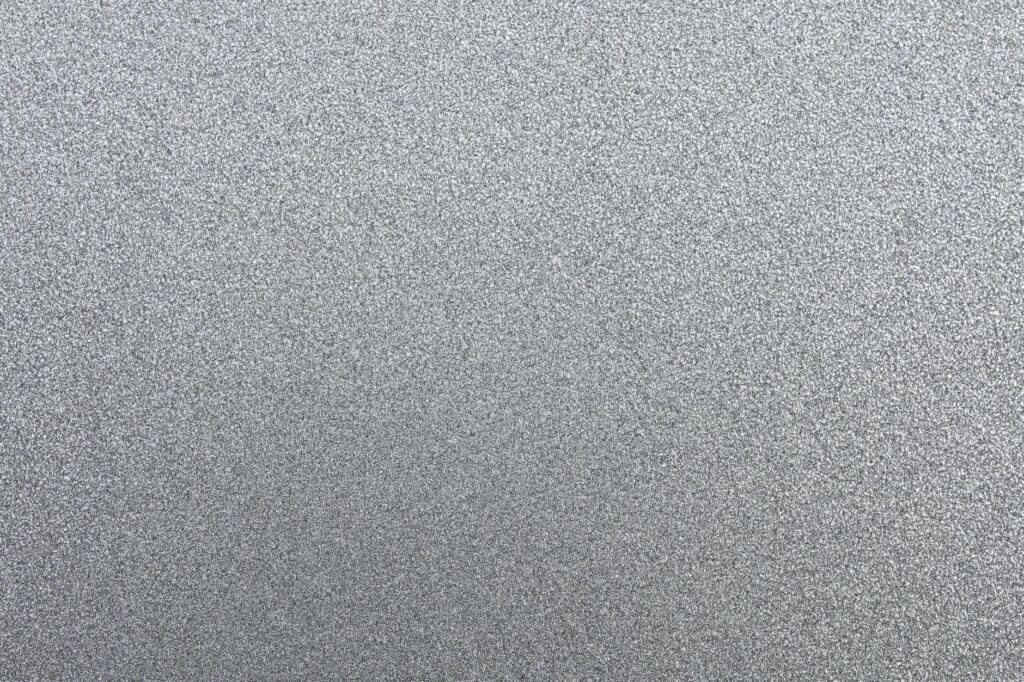Building a home is a significant undertaking, and choosing the right foundation is crucial for its longevity and stability. Concrete slab foundations are a popular choice for many reasons, offering a solid base for your structure. This post will delve into the details of concrete slab foundations, helping you understand their advantages, disadvantages, and the process involved.
Understanding Concrete Slab Foundations
A concrete slab foundation is essentially a thick, reinforced concrete pad poured directly onto the ground. This single, solid slab acts as the foundation for the entire structure. Its simplicity and efficiency make it a cost-effective option in many situations. 
Advantages of Slab Foundations
Slab foundations offer numerous advantages, including speed of construction, cost-effectiveness, and suitability for certain soil types. They are typically faster to install than basements or crawl spaces, leading to quicker project completion. They are also generally less expensive to build. Learn more about the cost-effectiveness of slab foundations.
Disadvantages of Slab Foundations
While offering many benefits, slab foundations are not without their drawbacks. Moisture issues can be a concern, particularly in areas with high water tables. Repairs can also be more challenging compared to other foundation types. [IMAGE_2_HERE]
The Construction Process
The construction process begins with excavating the ground to the desired depth. A compacted gravel base is then laid down to provide proper drainage. Next, reinforcing steel is placed within the forms before the concrete is poured. See detailed steps of the construction process. After the concrete sets, a vapor barrier is often installed to prevent moisture from entering the structure. [IMAGE_3_HERE]
Soil Considerations
The suitability of a slab foundation is heavily dependent on the soil type. Well-drained soils are ideal, while expansive clay soils can lead to cracking and settling. A soil test is crucial to determine the feasibility of using this type of foundation. Learn more about soil testing for foundations.
Insulation and Vapor Barriers
Proper insulation and vapor barriers are key to preventing moisture problems and maintaining a comfortable indoor environment. These measures help control temperature fluctuations and prevent mold growth. [IMAGE_4_HERE]
Common Issues and Solutions
Cracking, settling, and moisture problems are some of the common issues associated with slab foundations. Proper preparation, construction, and ongoing maintenance can help mitigate these issues. Find solutions to common problems.
Choosing the Right Foundation
The decision of which foundation type to use depends on several factors, including soil conditions, climate, budget, and the specific requirements of the building project. Consulting with a structural engineer is highly recommended. [IMAGE_5_HERE]
In conclusion, concrete slab foundations present a viable and often preferred option for many construction projects. Understanding their pros and cons, the construction process, and potential issues will empower you to make informed decisions.
Frequently Asked Questions
What are the typical costs associated with a concrete slab foundation? The cost varies significantly based on location, size, and complexity, but it’s generally considered a more budget-friendly option than basements.
How long does it take to build a concrete slab foundation? The timeline depends on factors such as weather conditions and project size, but it is typically quicker than other foundation types.
How do I prevent moisture problems in a concrete slab foundation? Proper drainage, a quality vapor barrier, and potentially a perimeter drain system are essential.
What type of soil is best suited for a slab foundation? Well-drained soils are ideal; expansive clays can cause problems.
Are there any specific permits required for a concrete slab foundation? Yes, always check with your local building department for necessary permits and regulations.

